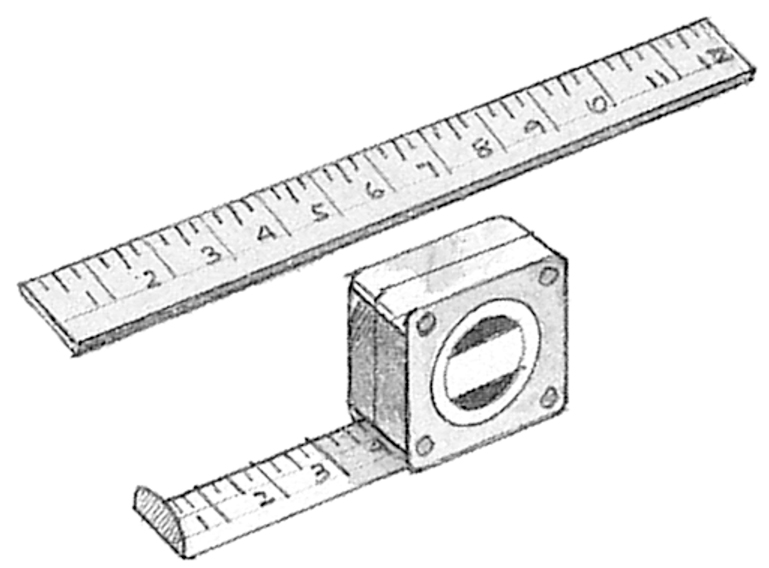

The first people who discovered dinosaur fossils didn’t know what they were.
The ancient Chinese thought they came from the skeletons of dragons.
Native Americans thought they came from giant snakes.
Other people who found fossils thought they came from very large elephants—or even giant humans!


In 1822, an English couple named Mary Ann and Gideon Mantell found some large fossil teeth near their home.
Gideon took the fossils to a museum and looked at them next to teeth from other animals.
Gideon didn’t see any teeth that were like the fossils he and Mary Ann had found. He decided the fossils belonged to an animal that didn’t live on earth anymore.
Gideon thought the fossil teeth looked most like giant iguana teeth. So he called the animal they came from an Iguanodon (ih-GWAH-nuh-don).


An iguana is a large South American lizard.
At about the same time, a professor in England named William Buckland was studying the fossil of a very large jawbone. Dr. Buckland decided that this fossil was also from an animal that no longer lived on earth. He called the creature it came from Megalosaurus (MEG-uh-luh-SOAR-us). That means “big lizard” in Greek.


The Natural History Museum, London
Nearly 20 years later, an English scientist named Richard Owen studied the Iguanodon and Megalosaurus fossils. He could tell that both these creatures were totally different from any animals still living on earth. He decided that creatures like these should have a special name.
Richard Owen chose a name that means “terrifying lizards” in Greek.
The name was dinosaurs.
After these early fossil discoveries, people became very interested in dinosaurs. Scientists wanted more fossils to study. Museums wanted dinosaur skeletons to put on display. There was a race to find more bones!
Dinosaur hunters use Latin and Greek words to make up names for the different kinds of dinosaurs they discover.
Some are named for the place where they were found. Alamosaurus (AL-uh-muh-SOAR-us) fossils were found near the Alamo, in Texas.
Some are named after the person who discovered them. Marshosaurus (MARSH-uh-SOAR-us) was named for Othniel Charles Marsh, a famous dinosaur hunter.
Some are named for the way they looked. Corythosaurus (KOR-ih-thuh-SOAR-us) means “helmet lizard.”


Scientists who study fossils are called paleontologists (PAY-lee-un-TAH-luh-jists). Two of the most famous paleontologists were Othniel Charles Marsh and Edward Drinker Cope. They both were Americans who started hunting for fossils in the 1870s.
Marsh and Cope were so eager to find new fossils that they became enemies. They hid their discoveries from each other. They sent spies into each other’s camps. They even tried to steal each other’s bones!


The Peabody Museum of Natural History, Yale University, New Haven, Connecticut


The Peabody Museum of Natural History, Yale University, New Haven, Connecticut
These two dinosaur hunters fought for 20 years. But their bone battles led to the discovery of more than 130 different kinds of dinosaurs.
Over the last hundred years, people have hunted for dinosaurs all over the world. Dinosaur fossils have been found on every continent and in almost every country. Each time a dinosaur hunter digs up a fossil, we learn a little more about the Age of Dinosaurs.
Dinosaur hunters use lots of tools. Here are some things they always take along when they go digging for fossils.


Camera—to take pictures of the site and the fossils


Magnifying glass—to examine small fossils (like teeth)


Field notebook—to keep a record of the bones


Tape measure and ruler—to measure the size of the bones
Hammer, chisel, and pick—to chip away the rock around the fossils


Safety goggles


Water bottle


Work gloves


Sample bags—to collect rock samples and broken fossil pieces


Brush—to brush away dust and dirt
Even famous dinosaur hunters sometimes goof!


The Department of Library Services, American Museum of Natural History: Neg. No. 39019 Photo. Fulda
For many years people visited museums to see a dinosaur called Brontosaurus (BRON-tuh-SOAR-us). But O. C. Marsh, the scientist who named it, did not realize that he had already given a differ-ent name to the same dinosaur. Marsh’s Brontosaurus was also missing its head, so he put the skull of another dinosaur on his reconstruction because he thought the real skull would look about the same. He was wrong! Finally the name was changed back to Apatosaurus (uh-PAT-uh-SOAR-us), and the head was replaced.
Early in his career, E. D. Cope dug up the fossil bones of a giant sea reptile. When he put the bones together, he made a big mistake. He mixed up the tail bones with the neck bones. And he stuck the animal’s head on the end of its tail!


When Gideon Mantell was studying Iguanodon fossils, he thought one of the dinosaur’s claws was a giant horn. He drew a picture of an Iguanodon with its claw growing out of its snout!
About 80 years ago, dinosaur hunters in Asia found the fossil of a small dinosaur near a nest full of fossilized eggs. They thought the dinosaur was about to raid the nest. So they named it Oviraptor (OH-vuh-RAP-tur), which means “egg robber.” But paleontologists recently discovered that the Oviraptor wasn’t stealing another dinosaur’s eggs. It was sitting on its own nest to help the eggs hatch!

